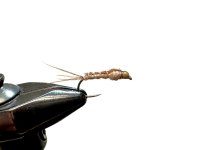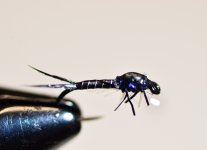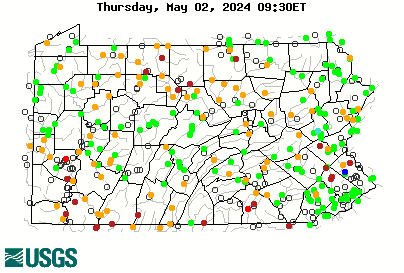JG63
Active member
- Joined
- Mar 7, 2013
- Messages
- 755
Anyone who knows me knows that Frank Sawyer is my biggest influencer regarding subsurface fishing - from fly design to active presentation, his techniques have performed well for me in countless settings while angling for trout. I’m experimenting with a cross between a traditional Pheasant Tail nymph, a Killer Bug, and a pinch of Wyoming local favorite Half Back - results fit the first prototype are as pictured:
Hook: non curved #14
Tail: 4 Ringneck Pheasant tail fibers
Abdomen/Thorax: Chadwick’s 477 (substitute)
Back/Wingcase: Pheasant tail fibers
Rib/Weight: .02 Copper wire built up under thorax
Thread/Head: 6/0 GSP colored with bronze Sharpie
Stay tuned - sizes will get smaller based on overall “fishiness” and color changing when wet
Hook: non curved #14
Tail: 4 Ringneck Pheasant tail fibers
Abdomen/Thorax: Chadwick’s 477 (substitute)
Back/Wingcase: Pheasant tail fibers
Rib/Weight: .02 Copper wire built up under thorax
Thread/Head: 6/0 GSP colored with bronze Sharpie
Stay tuned - sizes will get smaller based on overall “fishiness” and color changing when wet






